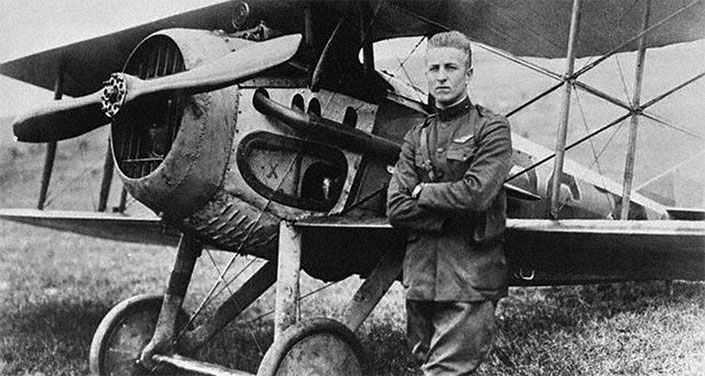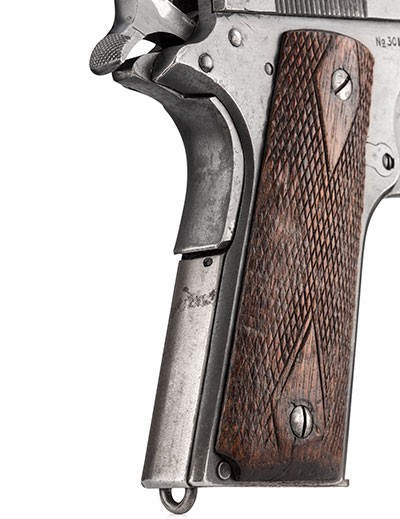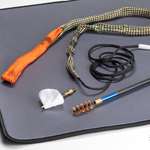
Eddie Rickenbacker described him as “…the most daring aviator and greatest fighter pilot of the entire war.” He was known for doing things his way and he fought with intense determination to the very end. His name was Frank Luke, and his life was cut short 100 years ago on the third day of the Meuse-Argonne Offensive—a mere 43 days before the Armistice that ended “The Great War.”

He enlisted in the Aviation Section of the U.S. Army Signal Corps on Sept. 25, 1917 and received his commission as a 2nd Lieutenant the following March. By the summer, he was a pilot in the 27th Aero Squadron serving with the American Expeditionary Force in France. In Sept. 1918 he began flying missions to destroy German observation balloons and it did not take long for him to deliver results. In fact, Luke shot down 14 enemy balloons and four enemy aircraft during 10 sorties in just eight days. It all happened between the 12th and the 29th of that month, when his final mission was flown. On that date, the 21-year-old pilot took off from a forward airfield near Verdun and flew to an area 6 miles behind German lines near the village of Dun-sur-Meuse. Once there, the “Arizona Balloon-Buster” (as he was known because of the state of his birth) brought down three balloons in short order.
But, a German machine gun bullet struck him in the right shoulder, passed through his upper torso, and exited his left side. Because of the wound, Luke quickly put the SPAD down in a field west of the village of Murvaux in eastern France as nearby German ground troops looked on. As soon as the aircraft rolled to a halt, Luke climbed out of the cockpit and attempted to reach a nearby stream in the hope of using it for cover and concealment. After stumbling about 200 meters though, the determined young pilot collapsed, but he was not quite done fighting. He rolled over, drew his sidearm and opened fire on the approaching German infantrymen.

The pistol Frank Luke drew that afternoon near Murvaux was the legendary Model of 1911. Designed by John M. Browning, the .45 ACP semi-automatic beat out pistols submitted by Deutsche Waffen und Munitionsfabriken (DWM) and Savage Arms during the 1906 Pistol Trials to be adopted by the U.S. Army on March 29, 1911. The use of the short-recoil-operating principle, a reliable seven-round, detachable-box magazine, and the mighty .45 ACP cartridge made it a success across the board. In terms of stopping power and rugged dependability, it was well ahead of its time when it went overseas with the men of the American Expeditionary Force (AEF) in 1917. Through two World Wars and beyond, this pistol built a legacy in U.S. military service that lasted three quarters of a century. Today it is still recognized as one of the finest handguns ever designed. But, not even the mighty 1911 was enough to save Frank Luke that day. A gunshot wound to the chest ultimately brought his young life to a sudden and violent end. The Germans recovered the body and buried the “Arizona Balloon-Buster” the following day in Murvaux. After the Armistice of Nov. 11, 1918, Luke’s body was recovered by the AEF and he was reburied in the Meuse-Argonne American Cemetery.

In 1919, Frank Luke was posthumously awarded the Medal of Honor by General Order number 59 with this citation:
After having previously destroyed a number of enemy aircraft within 17 days he voluntarily started on a patrol after German observation balloons. Though pursued by eight German planes which were protecting the enemy balloon line, he unhesitatingly attacked and shot down in flames three German balloons, being himself under heavy fire from ground batteries and the hostile planes. Severely wounded, he descended to within 50 meters of the ground, and flying at this low altitude near the town of Murvaux opened fire upon enemy troops, killing six and wounding as many more. Forced to make a landing and surrounded on all sides by the enemy, who called upon him to surrender, he drew his automatic pistol and defended himself gallantly until he fell dead from a wound in the chest.
The passage of a century has not dulled the brilliance of Frank Luke’s intrepidity. He is remembered as the man who went on a rampage against enemy observation balloons. He is remembered as the first American Airman to be awarded the Medal of Honor, and he is recognized as a fierce warrior because, in the closing moments of his life, he raised his Model of 1911 pistol and refused to stop fighting.





































